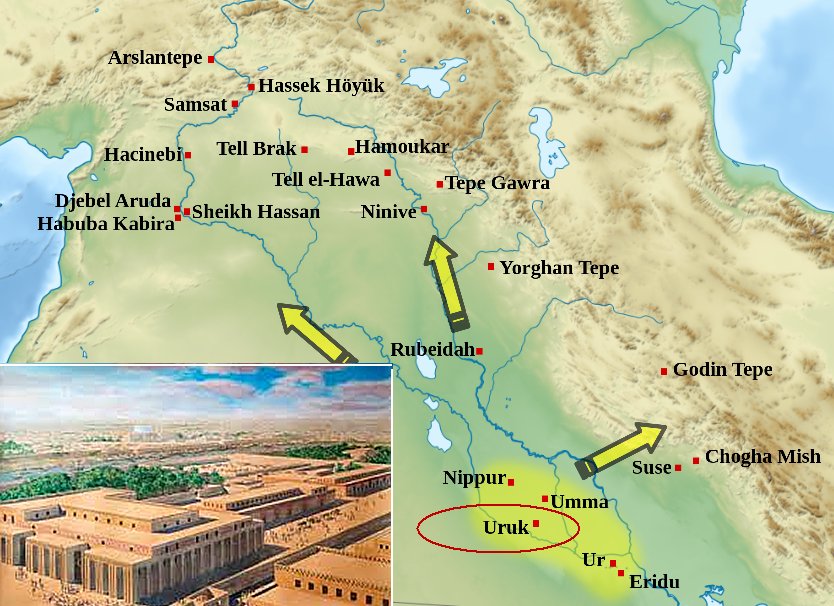Uruk Was Ruled By Gilgamesh Who Built City’s Great Walls
A. Sutherland – MessageToEagle.com – In Mesopotamian myths, Gilgamesh is presented as a demigod of superhuman strength that lived a very long life. Based on the’ Sumerian King List’, we learn that the great hero, Gilgamesh, reigned 126 years.
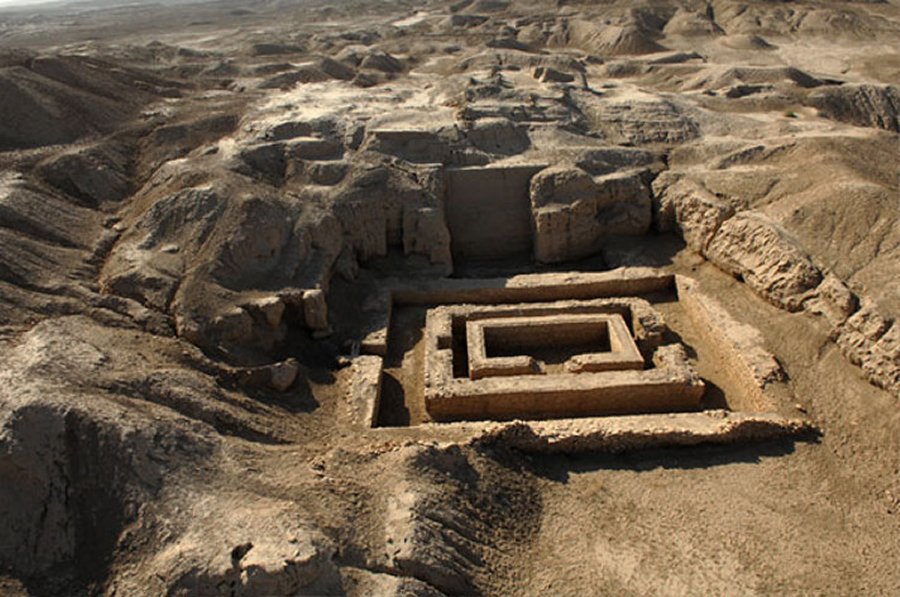
He lived in the ancient Sumerian city of Uruk. He was the son of the mortal Lugulbanda and a minor goddess, Ninsun.
Gilgamesh built and beautifully remodeled this great city; he helped to build for An, the father of the gods and his daughter, Inanna, the goddess of love and war. He also irrigated the fields, dug wells, and made orchards.
One of his greater achievements was the construction of the city walls of Uruk to defend his people from enemies.
There was something about the city of Uruk….
‘…The outer wall shines in the sun like the brightest copper; the inner wall is beyond the imagining of kings. Study the brickwork, study the fortification; climb the great ancient staircase to the terrace; study how it is made; from the terrace see the planted and fallow fields, the ponds and orchards. One league is the inner city, another league is orchards; still another the fields beyond; over there is the precinct of the temple.
Three leagues and the temple precinct of Ishtar measure Uruk, the city of Gilgamesh….’
See also:
Sumerian ‘Mask Of Warka’ From Uruk: Sculptured Face May Depict Goddess Inanna
Lugal-Anne-Mundu: ‘King Of The Universe’ And Powerful Leader Who Restored Sumer To Its Former Glory
Nippur – Holy City Of God Enlil And One Of The Oldest Cities Of Sumer
Sumerian Stele Of The Vultures: Oldest Known Historical Records Carved On Limestone
According to the Sumerian King List, Uruk was founded by King Enmerkar around 4500 BC and was the largest settlement in southern Mesopotamia, if not the world.
During the Early Dynastic period (2900–2350 BC), Uruk dominated Mesopotamia.
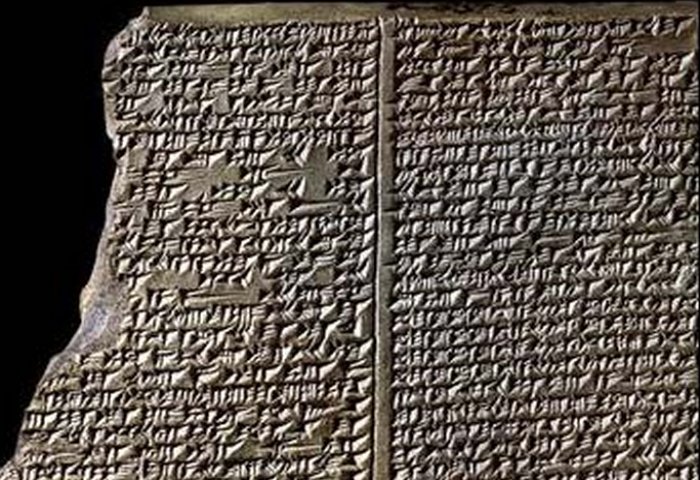
Towards the end of the fourth millennium BC, at about the time that writing was being invented but before it is able to tell us much, Uruk had already spread over some 400 hectares, and became greater in size and population than Rome, about 3000 years later, or Athens, when the northern and southern walls of the Acropolis were reconstructed and major temples including the Parthenon, were rebuilt under the leadership of Pericles during the Golden Age of Athens (460-430 BC).
Uruk was surrounded by a massive wall, which according to tradition was built on the orders of King Gilgamesh, who ruled around 2700 BC.
In the Epic of Gilgamesh’ is written:
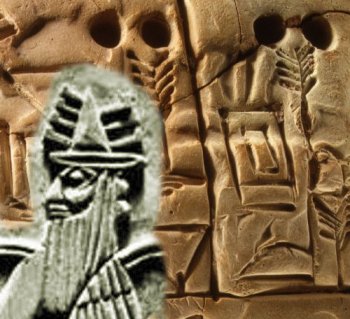 “….they arrived at Uruk, the strong-walled city. Gilgamesh spoke to him, to Urshanabi the ferryman, ‘Urshanabi, climb up on to the wall of Uruk, inspect its foundation terrace, and examine well the brickwork; see if it is not of burnt bricks; and did not the seven wise men lay these foundations?
“….they arrived at Uruk, the strong-walled city. Gilgamesh spoke to him, to Urshanabi the ferryman, ‘Urshanabi, climb up on to the wall of Uruk, inspect its foundation terrace, and examine well the brickwork; see if it is not of burnt bricks; and did not the seven wise men lay these foundations?
One-third of the whole is city, one third is garden, and one third is field, with the precinct of the goddess Ishtar. These parts and the precinct are all Uruk.
This too was the work of Gilgamesh, the king, who knew the countries of the world. He was wise„ he saw mysteries and knew secret things, he brought us a tale of the days before the flood. He went a long journey, was weary, worn out with labor, and returning engraved on a stone the whole story…’
Uruk was a place of intense activity, a city of pulsating public life within its busy and impressive streets. The city had monumental mud-brick buildings decorated with mosaics of painted clay cones embedded in the walls, and richly decorated with art.
Large-scale sculpture in the round and relief carving appeared for the first time, together with metal casting using the lost-wax process.
Widely accepted as the historical 5th king of Uruk whose influence was so profound, Gilgamesh was later remembered in many stories and epics as a great hero.
Written by – A. Sutherland AncientPages.com Staff Writer
Copyright © AncientPages.com All rights reserved. This material may not be published, broadcast, rewritten or redistributed in whole or part without the express written permission of AncientPages.com
Expand for referencesReferences:
Kriwaczek, P. Babylon: Mesopotamia and the Birth of Civilization
Freeman, H. Sumerians: A History From Beginning to End
Related Posts
-
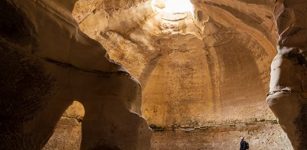 Incredible Man-Made Beit Guvrin Caves: A True Wonder Of The Holy Land
No Comments | Jun 1, 2014
Incredible Man-Made Beit Guvrin Caves: A True Wonder Of The Holy Land
No Comments | Jun 1, 2014 -
 Tiny Tools And Skills Of Mysterious Toaleans People In Southernmost Sulawesi, Indonesia
No Comments | May 27, 2021
Tiny Tools And Skills Of Mysterious Toaleans People In Southernmost Sulawesi, Indonesia
No Comments | May 27, 2021 -
 Is Mysterious And Powerful Vajra One Of The Most Dangerous Weapons Of The Gods?
No Comments | Nov 17, 2014
Is Mysterious And Powerful Vajra One Of The Most Dangerous Weapons Of The Gods?
No Comments | Nov 17, 2014 -
 DNA Reveals Early Maya Trace Their Roots To Unknown Ancient Immigrants Carrying Maize From The South
No Comments | Mar 23, 2022
DNA Reveals Early Maya Trace Their Roots To Unknown Ancient Immigrants Carrying Maize From The South
No Comments | Mar 23, 2022 -
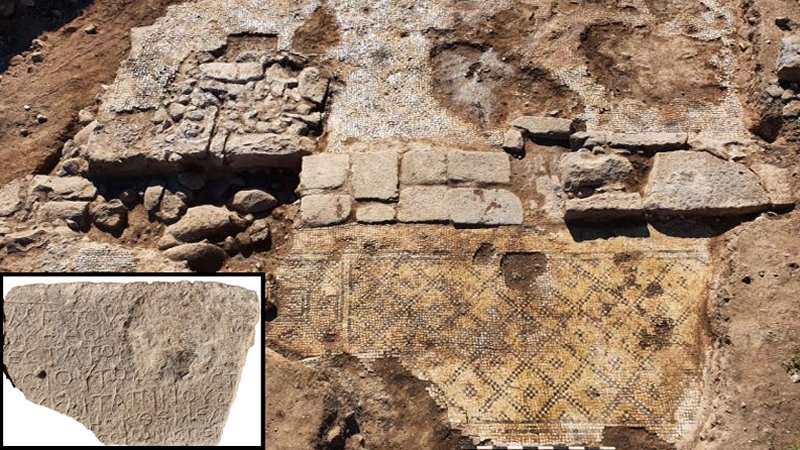 1,500-Year-Old Inscription ‘Christ, Born Of Mary’ Engraved On Magnificent Building Discovered In Israel
No Comments | Jan 21, 2021
1,500-Year-Old Inscription ‘Christ, Born Of Mary’ Engraved On Magnificent Building Discovered In Israel
No Comments | Jan 21, 2021 -
 Ancient Petroglyphs In Toro Muerto Are Not What We Thought – Archaeologists Say
No Comments | May 30, 2024
Ancient Petroglyphs In Toro Muerto Are Not What We Thought – Archaeologists Say
No Comments | May 30, 2024 -
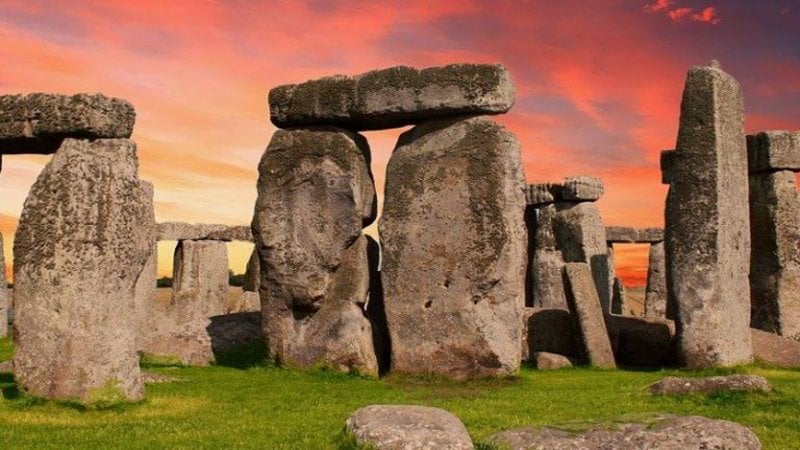 Dismantled Ancient Stone Circle In West Wales Was Used To Rebuilt As Stonehenge
No Comments | Feb 13, 2021
Dismantled Ancient Stone Circle In West Wales Was Used To Rebuilt As Stonehenge
No Comments | Feb 13, 2021 -
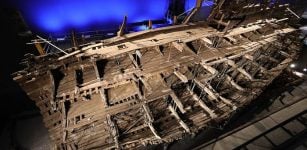 Will The Oven Bricks Of The Tudor Warship The Mary Rose Be Preserved Before It’s Too Late?
No Comments | Apr 8, 2022
Will The Oven Bricks Of The Tudor Warship The Mary Rose Be Preserved Before It’s Too Late?
No Comments | Apr 8, 2022 -
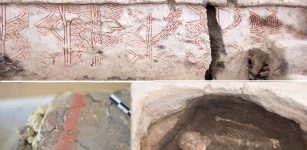 The Colored Skeletons Of 9000-Year-Old Çatalhöyük (Catalhoyuk), Turkey – New Examination
No Comments | Mar 19, 2022
The Colored Skeletons Of 9000-Year-Old Çatalhöyük (Catalhoyuk), Turkey – New Examination
No Comments | Mar 19, 2022 -
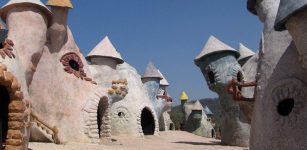 ‘Kingdom Of The Little People’ Located High In The Mountains Of Southern China
No Comments | Aug 17, 2015
‘Kingdom Of The Little People’ Located High In The Mountains Of Southern China
No Comments | Aug 17, 2015

